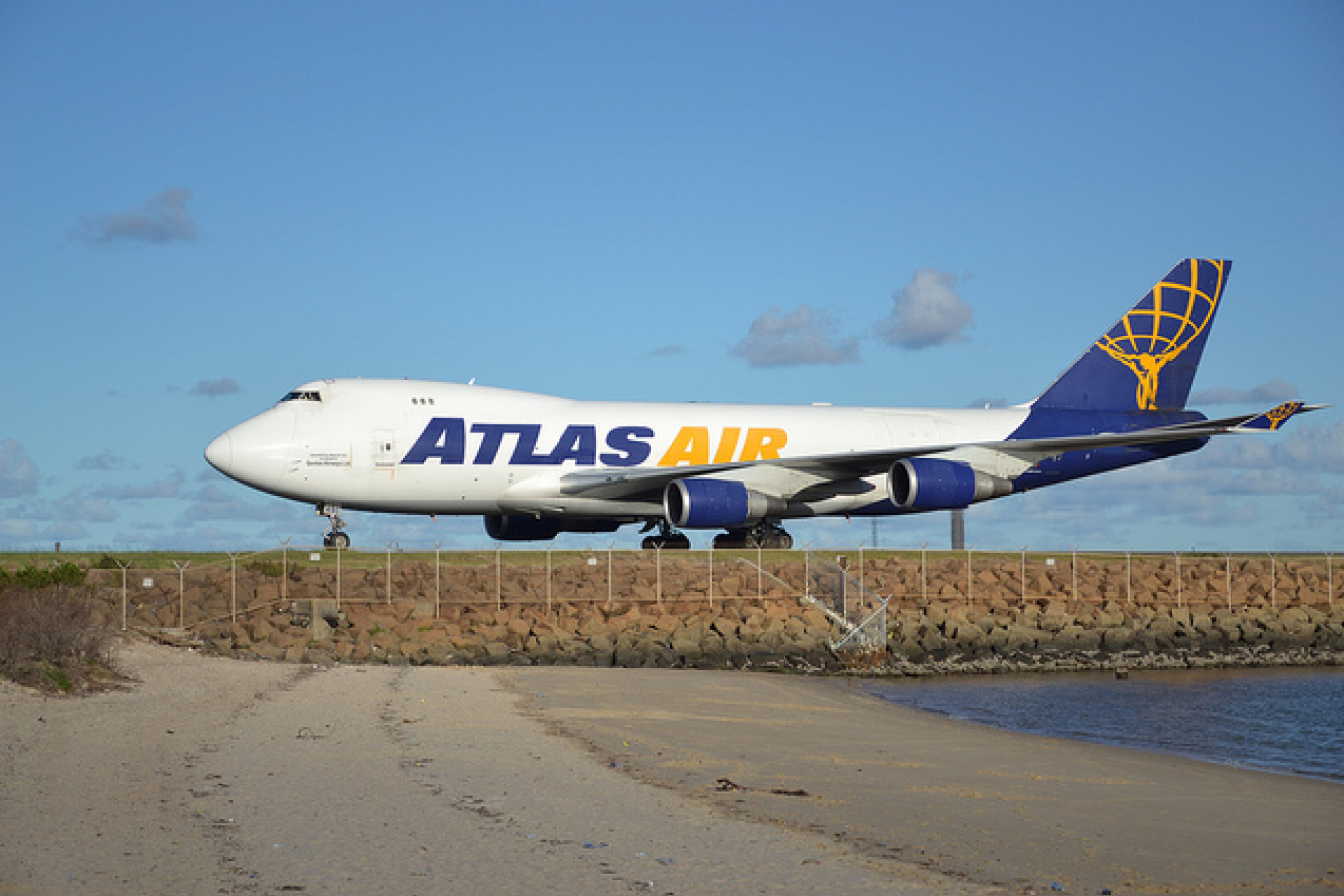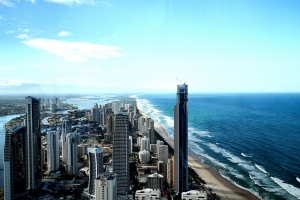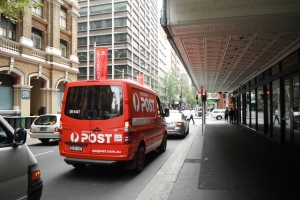Support migrant centric journalism today and donate

With racial tensions rising around the nation, timely new research looks at what migrants truly think of Australia and Australians, and vice versa.
The report, by Adelaide University, has been released at a time when more migrants than ever were calling Australia home, and Australia had the largest immigration program for decades.
There has often been an uneasy tension between those who were born here, or had been here for while, and those who had only recently arrived.
The study revealed extraordinary findings, about migrants' attitudes, and to understand their view of Australia it seemed you generally needed to know about where they came from.
Currently, one in four Australians were born in another country.
Migration expert Mary Kalantzis said they often chose Australia because it was so different from the countries they had left, which were often war-torn or economically depressed.
"Australia is a safe, democratic, prosperous country and in that sense it's attractive to people who come from places where democracy is shaky, where there's poverty, where opportunity is limited," Mary said.
According to the Adelaide University survey, most migrants thought Australia was the best country in the world to call home.
More than 90 percent said they made the right decision migrating to Australia, and 88 percent said they would recommend migrating to Australia to family and friends.
The top reasons to migrate here were our environment, our lifestyle, our friendliness, our security, education and employment opportunities and our political freedom.
In 1990, 56.8 percent of Australians said the number of migrants allowed into Australia had gone too far.
In 2004 that figure had fallen to 29.7 percent. In contrast in 1990, 8.1 percent of Australians said more migrants were needed.
Australia's immigration levels were actually at record highs. The target is 120,000.
According to the Australia Bureau of Statistics, Dandenong was Australia's most multi-cultural city. The population was drawn from 157 different countries; they spoke almost 100 different languages and believed in nearly 50 different religions.
They all lived in the one relatively small working class suburb.
Dandenong was where Costa and his wife Julie had created a good living for themselves, running a charcoal chicken store. As Julie saw it, her adopted country's history was a bit like a lesson in how to make an Australian quilt.
"It's like a big colourful quilt and all the cultures sewn together make this beautiful work, this big beautiful quilt, and then Australia is evolved and it's still evolving as this beautiful cultures being put together," she said.
And rather than being a drain on Australian taxpayers, research showed that migrants actually saved the country money by providing a cheap, ready-to-go workforce.
According to education expert Gina Gawenda from Swinburne University, the key to making of a go of it in Australia, was learning the language, and gaining an understanding of our unique cultural experiences.
"Immigrants bring a benefit to the country because some other country educated them, some other country paid for their health care and they come here healthy and ready to work," she said.
"Of course we learn from all cultures, everyone brings something with them, but it's also important that people who do come and live here understand what Australian culture is all about, and feel comfortable communicating in an informal Aussie way," she said.
The vast majority of migrants still came from England and New Zealand, but as Europe had begun to prosper more in the last decades, fewer Western Europeans wanted to migrate.
The Australia government has subsequently turned to other regions, such as Asia and Africa to find skilled migrants.





















